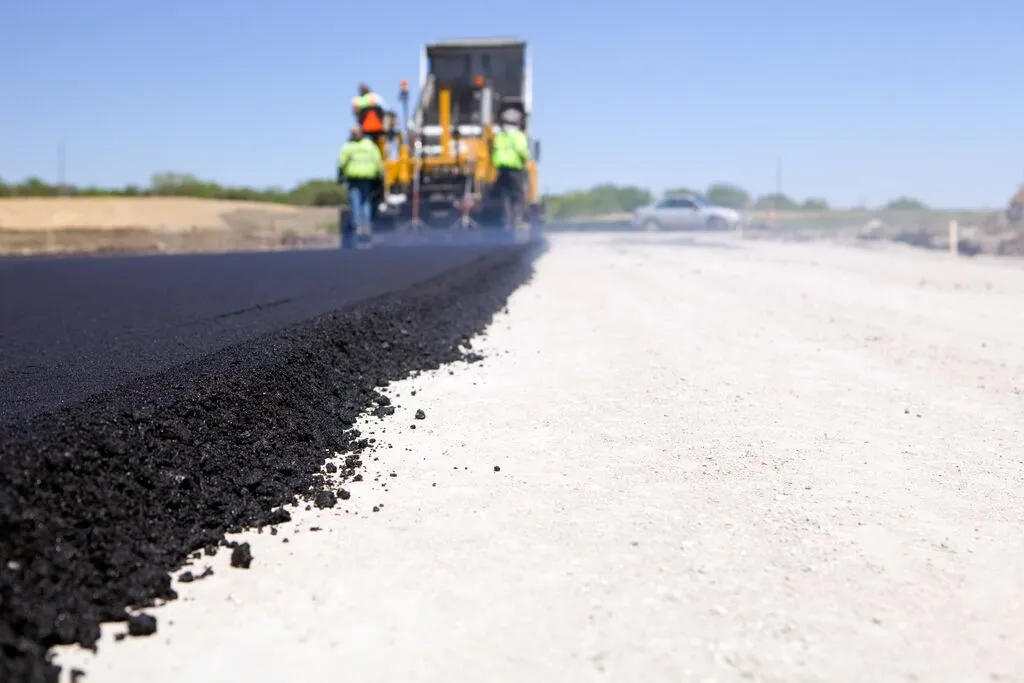The Louisiana Transportation Research Center (LTRC) has released a report summarising current US asphalt and concrete pavement smoothness requirements. The report, Best Practices for Achieving and Measuring Pavement Smoothness, A Synthesis of State-of-Practice, is important at a time when the US is undergoing a change in the way smoothness specifications are written. A growing number of states are moving away from profilograph-based smoothness specifications in favor of specifications based on a more widely
August 26, 2015
Read time: 2 mins
The Louisiana Transportation Research Center (LTRC) has released a report summarising current US asphalt and concrete pavement smoothness requirements. The report, Best Practices for Achieving and Measuring Pavement Smoothness, A Synthesis of State-of-Practice, is important at a time when the US is undergoing a change in the way smoothness specifications are written. A growing number of states are moving away from profilograph-based smoothness specifications in favor of specifications based on a more widely-accepted and precise measure of pavement smoothness: the International Roughness Index (IRI). LTRC’s report will help contractors, agencies, and engineers adjust to the change.
Smooth pavements provide significant benefits to the public and agencies. Smoother pavements can lead to increased public satisfaction with the road system, a reduction in fuel consumption, and longer-lasting pavements. US state departments of transportation (DOTs) prescribe certain levels of smoothness in pavement specifications and often penalise or provide bonuses to contractors depending on the smoothness they provide.
Agencies are switching to IRI in order to more accurately assess the smoothness of their roads. IRI is calculated using a mathematical model to provide a true profile of the pavement’s cross section. It provides a clearer picture of smoothness. IRI is reproducible and comparable across the world. However, limited knowledge of IRI can cause confusion during specification development or pavement construction.
LTRC’s report, written by pavement engineering firm The5943 Transtec Group, summarizes the state-of-practice for US state DOT pavement smoothness specifications based on IRI. The authors are David K Merritt, George K Chang and Jennifer L Rutledge. The report provides a summary of best construction practices for achieving required pavement smoothness, current smoothness specifications, IRI collection and processing technology, construction acceptance, current research, and educational and training practices.
78% of US state asphalt pavement specifications and 46% of concrete pavement specifications are currently based on IRI. As more states move towards IRI-based specifications, these numbers are expected to continue growing.
Smooth pavements provide significant benefits to the public and agencies. Smoother pavements can lead to increased public satisfaction with the road system, a reduction in fuel consumption, and longer-lasting pavements. US state departments of transportation (DOTs) prescribe certain levels of smoothness in pavement specifications and often penalise or provide bonuses to contractors depending on the smoothness they provide.
Agencies are switching to IRI in order to more accurately assess the smoothness of their roads. IRI is calculated using a mathematical model to provide a true profile of the pavement’s cross section. It provides a clearer picture of smoothness. IRI is reproducible and comparable across the world. However, limited knowledge of IRI can cause confusion during specification development or pavement construction.
LTRC’s report, written by pavement engineering firm The
78% of US state asphalt pavement specifications and 46% of concrete pavement specifications are currently based on IRI. As more states move towards IRI-based specifications, these numbers are expected to continue growing.









